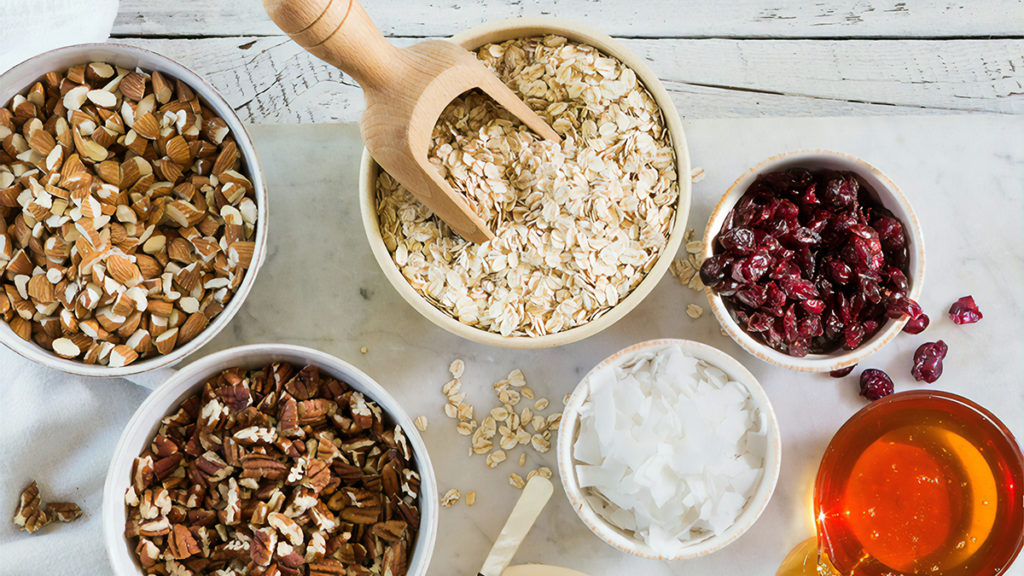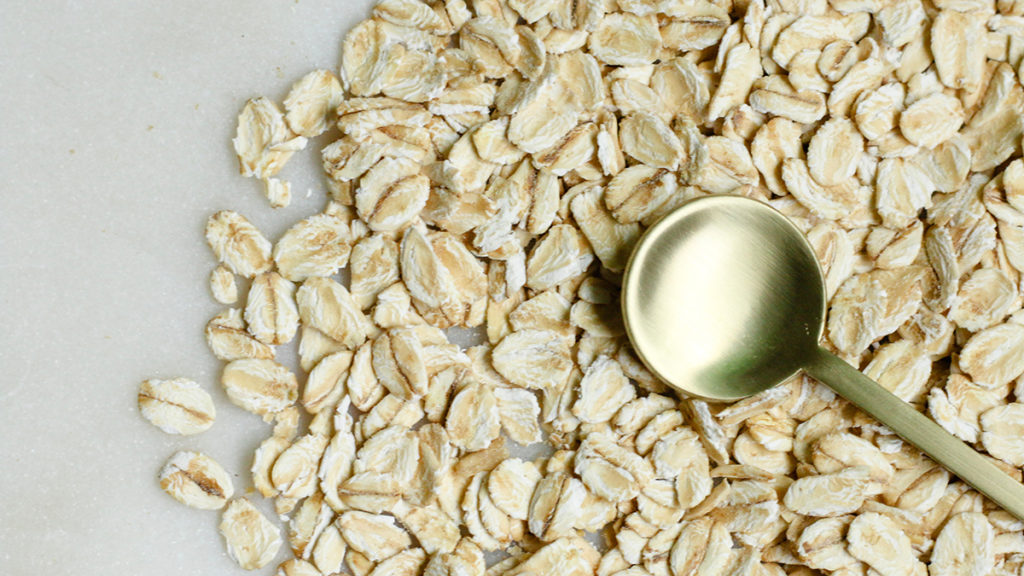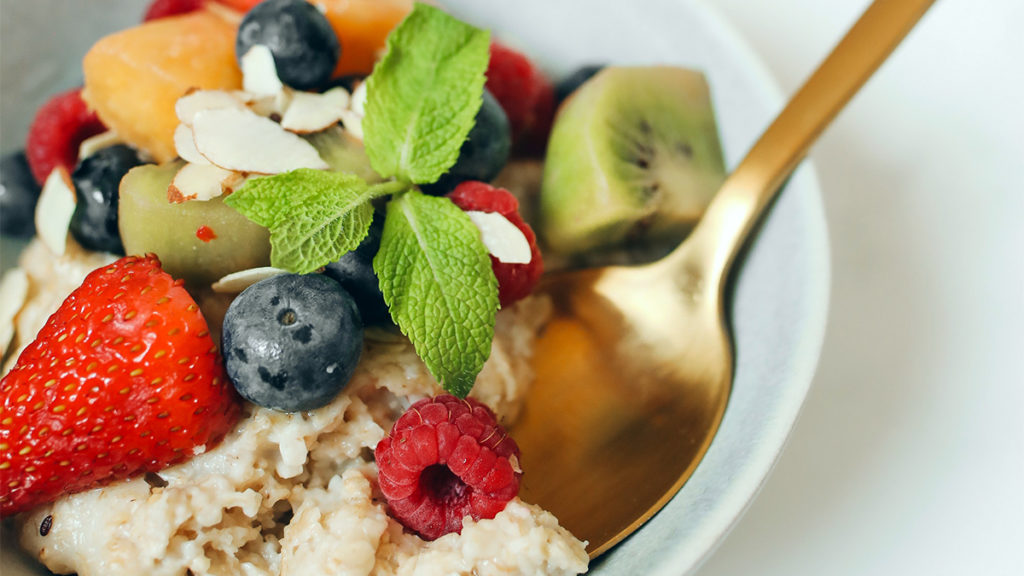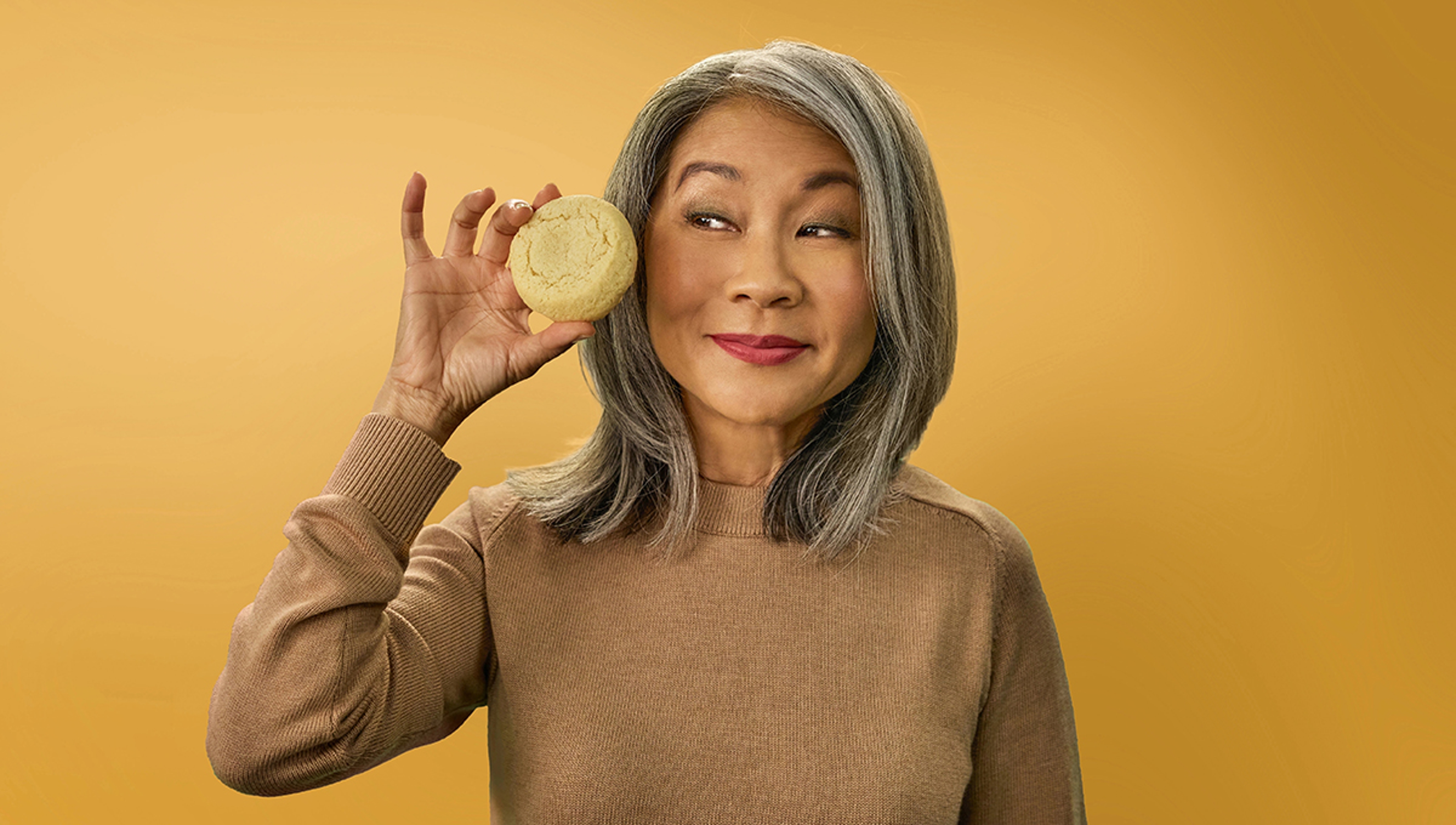More Than a Meal: How the Oat Won Over the World
The cereal grain has come a long way since being shunned by the ancient Romans.
Oct 20, 2021
When Andrea Savage's two-season comedy debuted on TruTv in 2017, Twitter erupted into a debate over what the writer-actor was eating in the opening credits as she drove through Los Angeles.
Turns out, it was good old-fashioned oatmeal.
While the whole-grain oat, botanically known as Avena sativa, is rarely highlighted so dramatically in a comedy (or any form of entertainment, for that matter), it does find favor as a breakfast food with plenty of celebrities in the real world. In a recent article, a number of stars admitted to enjoying it in a variety of ways, from Kristin Cavallari (overnight espresso oats) to Ariana Grande (oatmeal and fruit) to Gabrielle Union (whole wheat oatmeal pancakes).
Social popularity
Oats have had their viral moments on TikTok, too. Some users like to make them without cooking, leaving them overnight to soak up other ingredients.
Others use the microwave for instantaneous results.
There's even a Twitter account dedicated to the many ways you can prepare oatmeal — not just for taste but for decorative purposes.
The classic oat
Of course, traditional bakers have long loved oats for their chewy versatility. That's what makes them a valuable central ingredient in such goodies as oatmeal raisin and oatmeal chocolate chip cookies, as well as oatmeal scotchie brownies.

Oats are frequently the base texture in granola, multi-grain crackers, breads, and English muffins, and often included as part of toppings for muffins and loaf cakes.
Oats are also the basis for graham flour. Without oats, there wouldn't be any chocolate-covered graham crackers.
Oats as substitutes
Because oats are naturally gluten free, the cookies and brownies in which they are featured routinely show up in gluten-free gift packages. Oat flour is used to bolster other gluten-free baked goods, such as cakes, muffins, and even donuts.
And, of course, oats are expressed into milk, which is then made into ice cream, coffee creamer, and yogurt. These serve as alternatives to dairy products made from cow's milk for the millions of people who are lactose intolerant.
History of the oat
Oddly, though, the oat wasn't always so popular. In fact, it was shunned, and was the last cereal grain domesticated. Ancient Romans considered it unfit to eat and even dangerous to ingest. Nearby, in Greece, both Ovid and Hippocrates extolled the virtues of oats, but only when it came to treating skin ailments.
The Scandinavians started cultivating oats, which liked the cold, wet climate, in 1500. They used them to feed their livestock, turn into straw for building, and ferment for beer. But it took the clear-eyed Scottish to see their stomach-filling benefits. They're the ones who invented gruel, a thinner version of porridge (another name for oatmeal) they fed to babies and invalids.
Still, it took some time for the English to accept them. If you're an Oliver Twist fan, then you're familiar with gruel as a dish only suitable, apparently, for orphans. And while the Scots were eating porridge as early as 600 AD, when Brit Samuel Johnson penned his dictionary in 1775, he defined the oat as “eaten by people in Scotland but fit only for horses in England."
Americans, a little more free thinking, accepted them as a crop that Scottish settlers introduced in the early 1600s. By the time the Machine Age arrived in the 1920s, oats were a major crop.
Nutritionally valuable
Today, oats are what dietitians and nutritionists call a high-return option.
Low in calories, oats are a protein filled with vitamins and minerals. Just a half cup provides a protein-rich, nutrient-dense meal rife with B1, B5, manganese, magnesium, phosphorous, zinc, copper, iron, and folate — and comes in at just about 150 calories.
Oats contain antioxidants, particularly a group of them called avenanthramides. These increase the body's production of nitric acid, which in turn helps enlarge blood vessels. This dilation amplifies blood flow and lowers blood pressure.

They're also a wealth of beta-glucan, a soluble fiber that makes you feel full, reduces cholesterol, aids in digestion, and keeps your blood sugar even. Eating more oats may help reduce heart disease and prevent diseases like obesity and diabetes from grabbing hold.
Finally, as the ancient Greeks knew before anyone else, they really are good for soothing dry, itchy skin. Just as they act as anti-inflammatories inside the body, studies show they do the same on the exterior. Oatmeal baths calm rashes, and the addition of colloidal oats (very finely milled, not for ingestion) to skin lotions and other products (such as soaps) may even help conditions such as eczema.
Types of oats
Whether you're eating oatmeal for breakfast or cooking and baking with oats, the question will come up: which kind to use?
Generally, if you're following a recipe, you should use the kind listed in the ingredients, whether it's steel-cut, rolled, or quick (instant). The differences lie in the texture and how they're processed from the groat (the whole grain) after the hull is removed.
Steel-cut oats (also called Irish oats) are chopped by steel blades and are the least processed, so they're firmest and chewiest.
Rolled oats, which are something of a misnomer, are flakes that have been steamed and then flattened between steel drums. They're more uniform.
Quick oats are the most processed. They're precooked, dried, and then given more substance with the addition of other ingredients. They're the most powdery and the fastest to cook. They're also the least nutritious.

As for what tastes better or is better for you between steel-cut and rolled, you'll find a variety of polls and opinions all over social media.
And magazines love to debate it regularly, too.
But the truth is that steel-cut and rolled oats have almost exactly the same nutritional stats. Steel-cut have a slightly lower glycemic index (GI), but they also take longer to cook. So if the GI doesn't worry you, then feel free to indulge in whatever floats your oats.






